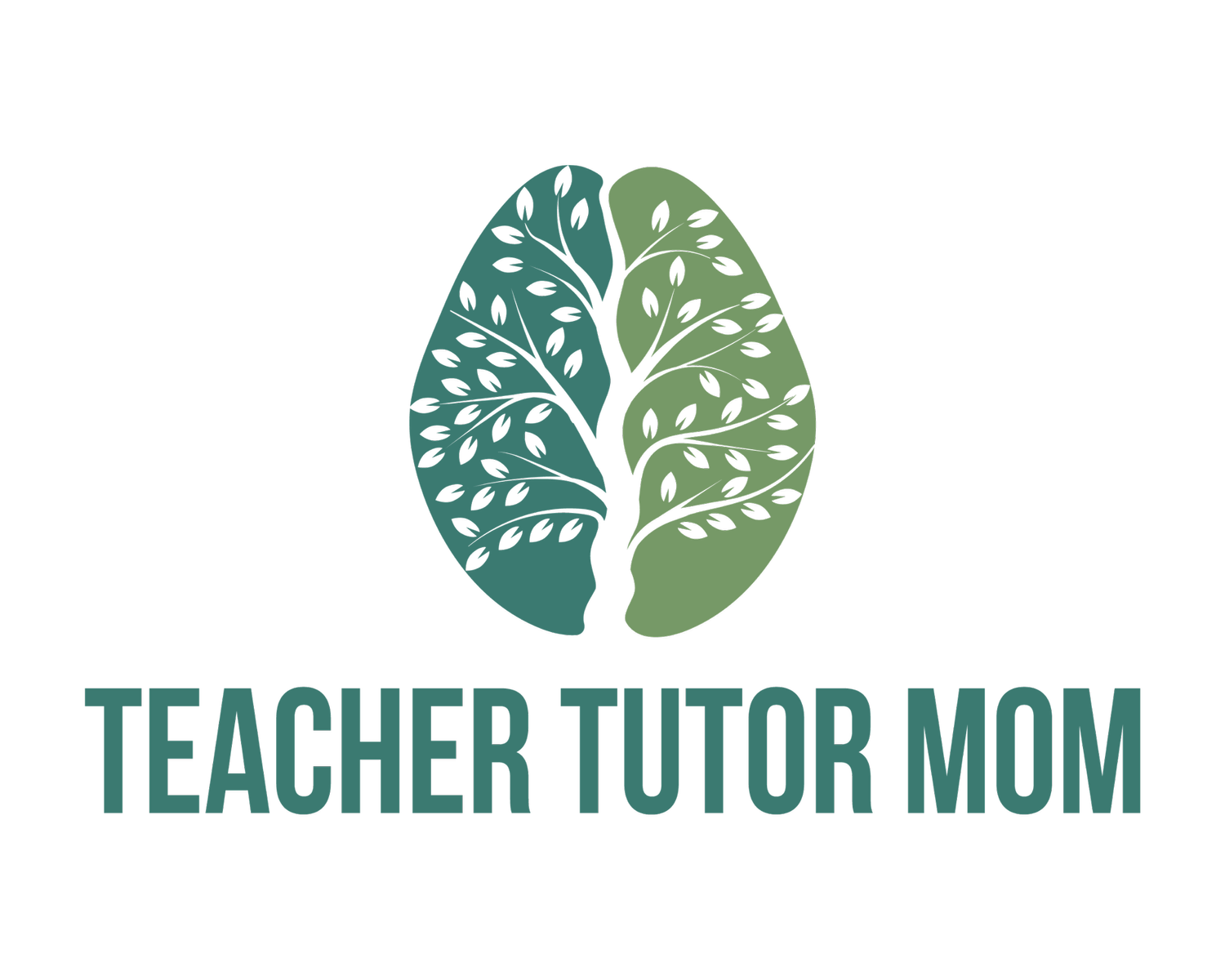The Three R’s Book Review
Heads up: This post contains affiliate links. That just means, if you use one of my links to a product, I may earn a commission on that purchase, but it won’t cost you any extra money. If you choose to use my links, THANK YOU a million!! Learn more.
Synopsis
In Dr. Ruth Beechick’s book, “The Three R’s,” she lays out a very gentle, or “natural” learning method. It has helped me to continue breaking from the mold of the classroom teacher I was used to into a more flexible and child-centered approach for my homeschooling. Her book is a breath of fresh air, but also packed with so many helpful ideas. It could easily form the basis for planning your own curriculum for children in 1st to 3rd grade.
Dr. Beechick focuses on paying attention to when your child is ready for the next step of learning rather than rigidly checking off a sequence. She emphasizes building a very solid foundation for higher-level learning and moving on only when the child is ready.
Beechick even suggests delaying some instruction. She explains that children often pick up on skills more quickly when they are introduced at an older age. Then, these same kids will often surpass their peers who were taught when they were not yet ready.
This very short but beefy book is broken into three sections that we will explore below…
A Home Start in Reading
Dr. Beechick suggests drawing out the Prereading stage longer than usual and reminds us that all types of learning – i.e., how to help in the kitchen, doing chores, learning about various aspect of life – are Prereading instruction.
Suggested activities for each of the following stages include- Beginning Reading, Blending, Decoding, and Fluency. She recommends ideas such as children not writing on lined paper while they are learning to craft their letters but rather adding that step later.
The “Home Start in Reading” section is full of wise advice and ideas. Even for someone who doesn’t follow her method systematically, I gleaned so many wonderful tidbits. For example:
“Proceed only as fast as the child can comfortably learn. Do not overload and discourage her.”
“Make sure your child experiences success in every lesson.”
“The great secret of phonics, which few dare to speak about, is that the child doesn’t have to learn it all.”
As she discusses cursive writing, Beechick suggests waiting until the child is fluent in manuscript writing before introducing it. Then, she claims it will only require a few weeks for the child to master the cursive style if the timing is optimal.
“Don’t be a pushy parent who pushes a child into harder books than he wants. Easy books give Johnny opportunity to consolidate his knowledge and skill in the decoding matters.”
A Strong Start in Language
This section reminds me of Writing with Ease from Well-Trained Mind Press that I am using in our homeschool. In this method, children learn by copying excellent writing rather than trying to produce it themselves from the get-go. Beechick gives examples of famous writers who learned via this method of copying and studying good writing before attempting to create their own.
“Our society is so obsessed with creativity that people want children to be creative before they have any knowledge or skill to be creative with.”
She encourages parents to do dictation on a daily basis and then let the creativity flow as it arises – even transcribing children’s stories for them at this point.
“Your child should not be required to reinvent the wheel, so to speak, in learning to write. Let him learn from fine writing models; then his creativity can begin at higher levels.”
She promotes teaching writing before grammar. Dr. Beechick suggests that children don’t need to be taught grammar formally until about seventh grade.
Similarly, she says that spelling should be taught after kids are solid readers. “A good time to tackle spelling hard is about fourth grade reading level when children are reading fluently and have built a good visual foundation for how words should look. In the meantime, teach bits of spelling as they fit into daily writing."
Beechick suggests that the most important spelling skill is being able to recognize if a word looks right or not. She encourages parents to just help the kid spell the word - and not require the "look it up in the dictionary" method. Keep it REAL. And remember that pronouncing words correctly is a big help in learning to spell correctly.
Beechick gives several pages of example passages that might be used for dictation and then talks through various exercises that could accompany these passages. This would be a great resource if you want to do dictation and don’t have a curriculum you are following.
An Easy Start in Arithmetic
Dr. Beechick encourages parents to focus on the least abstract methods of math. Manipulatives are great - keep them going! Eventually kids will be able to do the problems faster without the manipulatives and won't want to use them.
She ends this section by going through First, Second, and Third grades with suggested skills and activities to use.
The final section of the book includes a list of ways to use the Hundred Chart. This list could be helpful earmarked for future reference.
Her book has inspired me to encourage my children to learn through play and for me to slow down, introduce concepts to them and watch for their readiness to learn.
Parents sometimes “find themselves teaching a book or a course instead of teaching the child….So move ahead at your child’s own timing.”



